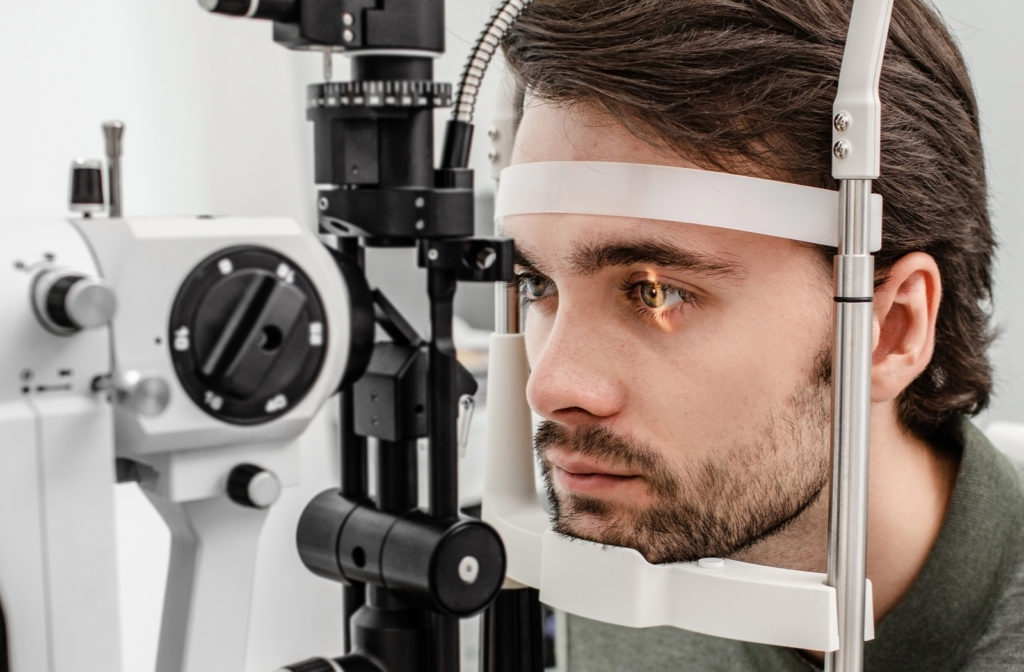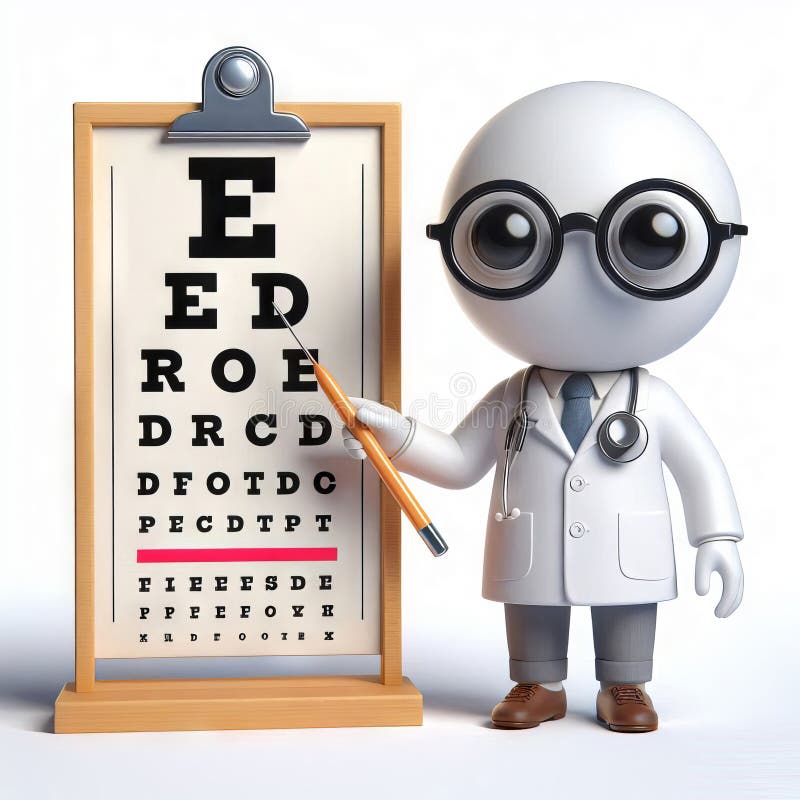Compassionate Eye Doctor: Specialist Care for Riverside Citizens
Compassionate Eye Doctor: Specialist Care for Riverside Citizens
Blog Article
The Comprehensive Eye Exam: What to Anticipate During Your Visit to the Eye Physician
A browse through to the eye medical professional for a detailed eye test is more than a routine exam; it is a critical step in protecting your aesthetic health. What specifically occurs during the eye health and wellness evaluation, and how does it influence the prescription procedure?
Initial Examination
The initial consultation throughout an eye examination acts as a critical foundation for understanding a person's visual health requirements. This stage establishes the tone for the whole evaluation procedure, allowing the optometrist to collect crucial info concerning the patient's medical background, lifestyle, and details vision problems. By carefully reviewing any pre-existing problems, medicines, or previous surgical treatments, the eye treatment professional can customize the exam to deal with individual demands efficiently.

Additionally, the preliminary consultation is a possibility for clients to voice any kind of problems or inquiries, fostering a collective partnership with their medical care supplier. This communication not just makes certain that the person really feels informed and comfortable but also equips them to take part proactively in their eye wellness monitoring. Collectively, these discussions allow the optometrist to devise a personalized evaluation plan, guaranteeing optimal care and precise diagnosis.
Visual Acuity Test
Kicking off the core components of an eye examination, the aesthetic skill examination is made to examine the intensity and quality of a person's vision. This vital examination assists figure out exactly how well an individual can determine letters or symbols at a standardized range, normally using a Snellen graph (Opticore Optometry). The chart consists of rows of letters that reduce in dimension from top to base, with the person positioned at a popular range of 20 feet
During the test, the client is asked to cover one eye and check out aloud the tiniest line of letters they can see plainly. This process is duplicated for the various other eye. The outcomes are tape-recorded as a portion, with 20/20 vision showing typical aesthetic skill-- where the individual can see at 20 feet what a person with typical vision can see at that distance.
The visual skill examination also determines possible refractive errors such as nearsightedness, astigmatism, or hyperopia, which could require restorative lenses. By developing a standard of aesthetic efficiency, the examination is an important analysis device that aids the eye treatment specialist in developing a suitable therapy strategy customized to the individual's one-of-a-kind aesthetic needs.
Eye Health Evaluation
Adhering to the visual skill test, a detailed eye health evaluation is performed to ensure the overall wellness of the eyes. This essential section of the eye exam involves a complete analysis of both the outside and internal frameworks of the eye.
Through the usage of ophthalmoscopy or fundus digital photography, the retina, optic nerve, and blood vessels are carefully examined. In many situations, pupil extension is performed to boost exposure of the interior eye frameworks, although this might result in short-term light level of sensitivity for the individual.
In addition, intraocular pressure is gauged to evaluate for glaucoma threat. This is commonly done making use of tonometry, which can discover raised pressure levels that could recommend possible damage to the optic nerve. Collectively, these analyses create a comprehensive analysis to keep ocular health and wellness.
Refraction and Prescription
Refraction is an innovative procedure performed by eye care specialists to determine the specific lens power needed to correct refractive mistakes such as myopia, astigmatism, presbyopia, and hyperopia. The objective of this treatment is to assess exactly how light bends as it passes with the eye, over here enabling the expert to establish whether corrective lenses are required for enhanced visual skill.
During the refraction procedure, the person is asked to browse a phoropter, a device which contains various lenses. The professional will systematically transform these lenses and ask the person to compare clearness in between options till the finest feasible vision is attained. This procedure is crucial in crafting a precise prescription that specifies the proper lens power for eyeglasses or call lenses.
The prescription obtained from this procedure not only optimizes vision but additionally works as a structure for choosing suitable restorative glasses. It is important to make sure that prescriptions are routinely upgraded, as changes in vision can occur with time, stressing the relevance of regular eye exams. This careful interest to information helps maintain clear, comfortable vision in day-to-day life.
Follow-Up Suggestions

Throughout a follow-up check out, the eye doctor will certainly perform a collection of tests to review visual skill and look for any changes in vision that may demand an upgrade to the prescription. In addition, the follow-up offers a chance to review any kind of discomfort or concerns experienced with present eyewear. Modifications can be made to make certain convenience and effectiveness, whether with lens modification or frame changes.
For people with continuous conditions such as glaucoma, diabetes-related eye problems, or macular deterioration, even more frequent follow-ups may be required. These visits are important for handling and possibly reducing the progression of eye illness. Following these recommendations can substantially add to preserving aesthetic health and wellness and avoiding lasting problems.
Conclusion
The comprehensive eye exam is a necessary procedure for keeping aesthetic health, encompassing a comprehensive analysis of clinical history and vision problems. Key parts include the aesthetic skill test, which evaluates eyesight quality, and the eye health assessment, which examines the total condition of the eyes.
A visit to the eye medical professional for a detailed eye examination is even more than a routine check-up; it is a crucial action in securing your aesthetic health and wellness.Kicking off the core elements of an eye evaluation, the aesthetic skill examination is designed to examine the sharpness and clarity of a person's vision.Adhering to the aesthetic acuity Source test, an extensive eye health analysis is conducted to make certain the overall well-being of the eyes. These visits enable the eye care specialist to monitor changes in vision, update prescriptions, and evaluate the overall health of the eyes. Secret components consist of the visual acuity test, which evaluates vision quality, and the eye health analysis, which examines the overall condition of the eyes.
Report this page